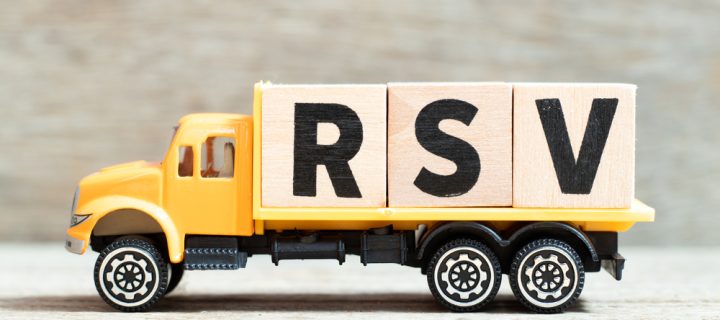Stay away from those who are infected, wash your hands, and clean common surfaces.
Respiratory syncytial virus (RSV) is an infection that takes hold of your respiratory tract. It can be something you develop as part of a common cold and for most people, the symptoms are mild and recovery is met within a matter of days. For some individuals, however, especially infants and older adults, an RSV infection can take a deadly turn.
Recent news shows RSV infections are on the rise in children across the United States resulting in an unusually high number of hospitalizations in this group. Most children have caught and fought off an RSV infection by the time they turn two years old but stay-at-home measures during the pandemic may have swayed normal infections, allowing many children to remain uninfected until an older age with less contact with people over the last few years.
How can you protect your child from developing a severe case of RSV? Here’s a look.
Keep things clean and wash your hands
It’s so easy for germs to spread in indoor environments. If there’s anything we’ve learned from the pandemic, it’s this. Even with a great amount of daily cleaning, the spread of RSV can be difficult to stop. The Mayo Clinic advises you clean your household countertops frequently as well as surfaces such as doorknobs and handles. Light switches and remote controllers are also prime targets. Any shared surface in your home or office is something you’ll want to rid of germs as quickly as you can in order to stop RSV.
Related: Yes, you can catch COVID from your dog
In addition, it’s important to wash your hands frequently and avoid being around those who are sick. These are generally the same rules we’ve all been following to prevent the spread of COVID-19. Don’t share cups or utensils, wash toys regularly, and never smoke in indoor spaces, including cars.
If your child was born prematurely or is living with a condition like a heart defect, a weakened immune system, or lung disease, ask your doctor about Synagis. This medication comes in the form of shots given monthly as a protective measure against RSV during flu and RSV season.
Symptoms of RSV and when to get help
The symptoms of an RSV infection are similar to a common cold and include:
- Coughing
- Sneezing
- Fever
- Runny nose
- Loss of appetite
- Difficulty breathing
It’s important to drink plenty of fluids in order to stay hydrated during the infection. If your child shows signs of a severe cough, wheezing, rapid breathing or bluish skin that’s lacking oxygen, it’s time to get help. A hospital stay can help avoid a life-threatening situation. Oxygen can be administered as well as intravenous fluids and the patient can be monitored appropriately .
When in doubt, call your doctor and visit your local emergency department for assistance. Most cases of RSV resolve on their own. This can be a fatal infection, however, and timely help is necessary in some cases.
photo credits: Bankrx/Shutterstock.com












